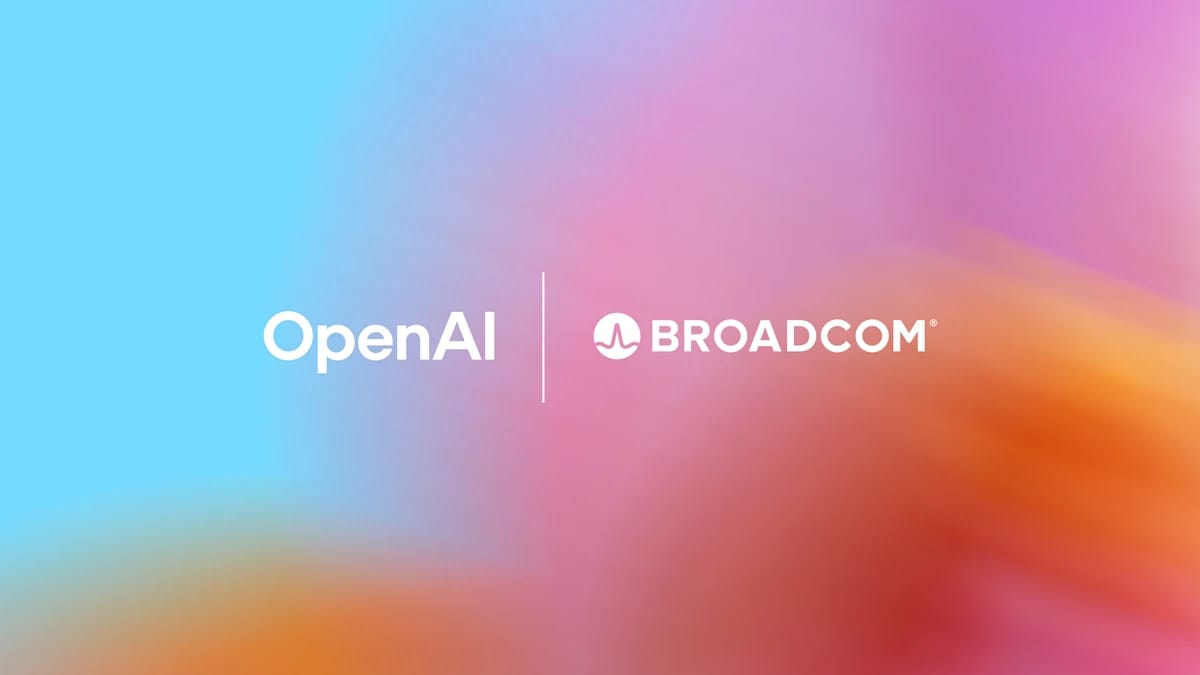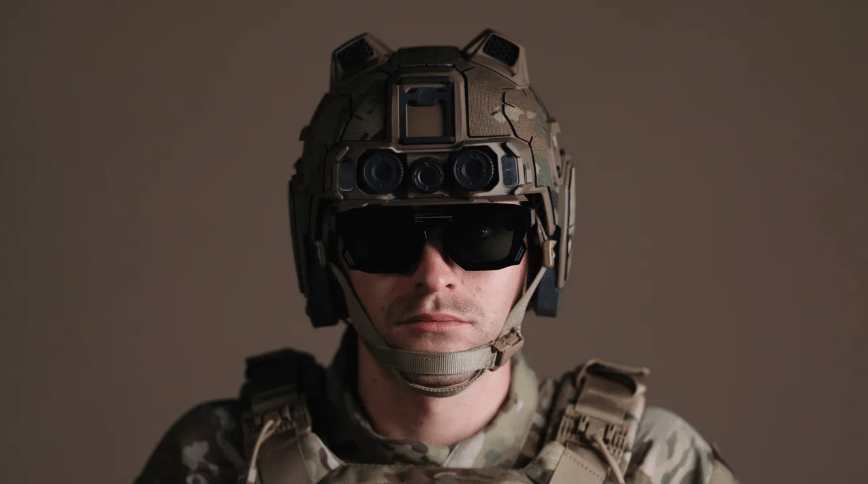- Tech Barista
- Posts
- Microsoft builds its own image model
Microsoft builds its own image model
The new model focuses on speed realism and creative control marking Microsoft’s step toward building a self reliant AI ecosystem
☕ Good morning,
There's something almost inevitable about watching tech giants realize they can't build empires on rented foundations. Microsoft creating its own image generator, OpenAI designing custom chips with Broadcom - these aren't just product announcements, they're declarations of independence.
When you're betting your entire future on AI, relying on someone else's infrastructure starts feeling like a strategic vulnerability.
—Here’s to the first sip.
TODAY IN AI
Microsoft launches MAI-Image-1

Image: Microsoft
Microsoft has rolled out its first in-house text-to-image generator, called MAI-Image-1, marking a big step in its plan to build its own AI ecosystem instead of relying entirely on partners like OpenAI.
According to Microsoft, MAI-Image-1 was developed with feedback from creative professionals to avoid the usual generic or repetitive AI art styles. The model focuses on high-quality, photorealistic visuals, things like landscapes, weather effects, and complex textures and it runs faster than many of the larger image models out there. It’s already ranked in the top 10 on LMArena, a popular AI image benchmark where users compare outputs from different models.
This new model joins Microsoft’s growing in-house AI lineup, which also includes MAI-Voice-1 (a voice generator) and MAI-1-preview (a chatbot). While Microsoft is still closely tied to OpenAI, it’s clearly building its own foundation even bringing Anthropic models into Microsoft 365 and investing heavily in its own AI training.
The company says MAI-Image-1 was built with safety in mind, aiming for “responsible and reliable outputs.”
TECH BARISTA
OpenAI partners with Broadcom

Image: OpenAI
OpenAI made a huge move, it’s teaming up with Broadcom to build its own AI chips.
The company plans to roll out 10 gigawatts of custom AI accelerators that’s about the same power as ten nuclear reactors to fuel ChatGPT, Sora, and future AI models. By designing its own chips, OpenAI wants to pack everything it’s learned about building large models directly into the hardware, so its systems run faster and smarter.
Broadcom will start deploying the new chip racks in 2026, with everything expected to go live by 2029. Sam Altman says this is a key step toward building the kind of infrastructure needed for the next generation of AI.
This comes right after OpenAI’s deals with AMD and Nvidia, but the Broadcom partnership clearly shows one thing OpenAI doesn’t want to rent GPUs forever. It’s gearing up to control the full AI stack, from the software we use to the chips that power it.
PRESENTED BY LONGVIEW TAX
It's not you, it’s your tax tools
Tax teams are stretched thin and spreadsheets aren’t cutting it. This guide helps you figure out what to look for in tax software that saves time, cuts risk, and keeps you ahead of reporting demands.
GADGETS BARISTA
EagleEye, the AI-powered combat helmet

Image: Anduril
Palmer Luckey, the guy who created Oculus, is back with something wild a full-blown AI-powered combat helmet called EagleEye. It’s built by his defense startup Anduril, and it’s basically what you’d get if Iron Man’s helmet was made for real soldiers.
EagleEye replaces a soldier’s entire helmet with a smart, modular system that can switch between AR for daytime and mixed reality for nighttime. It gives soldiers a full digital layer over their real-world view showing enemy and ally positions, live drone feeds, maps, thermal vision, and even marking objectives or calling airstrikes right from the visor.
The magic comes from Lattice, Anduril’s battlefield AI network that connects drones, sensors, and other devices to feed real-time intel into the helmet. So when a soldier looks around, they’re not just seeing what’s in front of them they’re seeing a live tactical overview of the battlefield.
Luckey says this isn’t just a gadget; it’s “a new teammate.” Anduril worked with Meta, Qualcomm, and Oakley to make it tough, fast, and soldier-ready. The US Army already gave Anduril $159 million to start testing it under the new SBMC program, and if everything goes right, the first big rollout could happen by 2027.
STARTUP BAR
Black Forest Labs set for $300M funding

Image: Black Forest Labs
German AI startup Black Forest Labs is about to pull off a huge funding round somewhere between $200 million and $300 million, led by Salesforce Ventures and AMP, a new fund from a16z’s Anjney Midha. That would push the company’s valuation to around $3.25 billion.
If you haven’t heard of them, Black Forest Labs is the team of researchers who helped create Stable Diffusion, the tech that basically kicked off the AI image generation boom. Now, they’re behind some of the most advanced image models being used by big names like Meta, Adobe, and even Elon Musk’s Grok chatbot. Meta alone signed a $100 million deal to use their tech.
While US companies like OpenAI and Anthropic dominate the AI scene, Black Forest Labs is putting Europe on the map with real commercial wins and creative firepower. With this new funding, they’re not just catching up they’re building the kind of AI tools that could shape the next generation of visual content creation.


